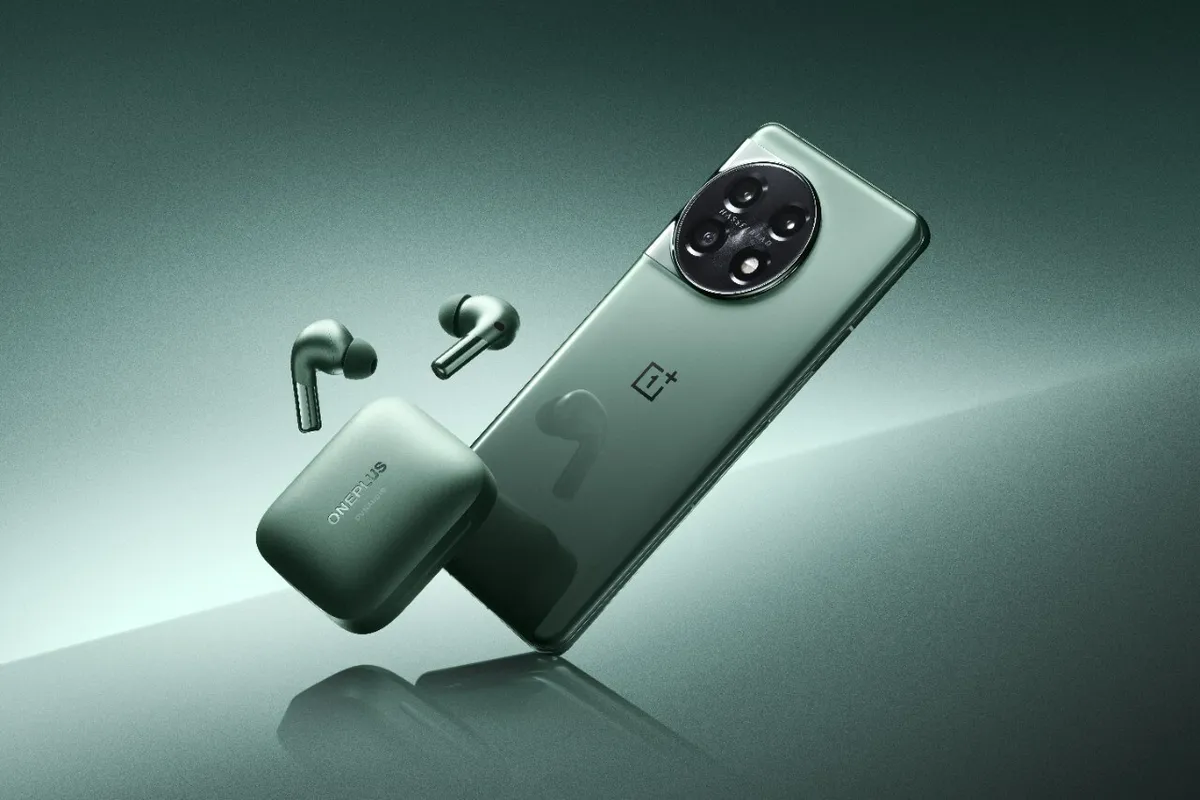OnePlus has underwent several major changes over the years since its OnePlus One in 2014. OnePlus started out as a budget phone that offered high end specs, mostly in terms of battery, charging, software and performance, though lacking in the camera compartment, a subpar display, and not always having the latest features like wireless charging. Then it decided to enter the premium smartphone segment starting with the OnePlus 7 Pro, their first ever pro model. 90hz (at the time this was the fastest refresh rate), a huge QHD curved display, USB 3.1, and better cameras than ever before. OnePlus has resisted wireless charging as long as it could, finally succumbing to pressure and added it since the OnePlus 8 Pro to the OnePlus 10 Pro. They even did one better and made the wireless charging super fast (30 to 50 watts, versus under 10 watts for ANY wireless charger), provided you bought OnePlus’s pricey wireless charging stand.

However, the Pro models are essentially everything OnePlus isn’t: Expensive and tons of features many of its users don’t need or use often. Sure, I liked having a usb 3.1 port, as it allows for connecting with a usb c docking port to expand ports and connect to an external display via hdmi. But, it’s a phone, not a pc, and I rarely felt the need (if not just a want) to dock it. Wireless charging? I’ve never bought the pricey super fast wireless charger, and I never found myself in circumstances where I really needed to wirelessly charge, since normal wireless charging is just so slow. OnePlus attempted to make their first round of compromises with last year’s OnePlus’s 10 Pro. It drew positive feedback due to being cheaper, but it also drew backlash. For a pro model, it lacked super fast mmwave 5G (which very few regions support), and charged at the same speed of last years OnePlus 9 Pro (though only in America): 65 watts. Not like its slow; today’s iPhone maxes out at 27 watts. Confusingly, OnePlus 10T that came out a few months later gutted OnePlus’s iconic alert slider (since the OnePlus 2, FYI) a physical slider that allowed users to easily switch from silent, vibrate, and ringer modes without fumbling through software controls.
However, the Pro models are essentially everything OnePlus isn’t: Expensive and tons of features many of its users don’t need or use often. Sure, I liked having a usb 3.1 port, as it allows for connecting with a usb c docking port to expand ports and connect to an external display via hdmi. But, it’s a phone, not a pc, and I rarely felt the need (if not just a want) to dock it. Wireless charging? I’ve never bought the pricey super fast wireless charger, and I never found myself in circumstances where I really needed to wirelessly charge, since normal wireless charging is just so slow. OnePlus attempted to make their first round of compromises with last year’s OnePlus’s 10 Pro. It drew positive feedback due to being cheaper, but it also drew backlash. For a pro model, it lacked super fast mmwave 5G (which very few regions support), and charged at the same speed of last years OnePlus 9 Pro (though only in America): 65 watts. Not like its slow; today’s iPhone maxes out at 27 watts. Confusingly, OnePlus 10T that came out a few months later gutted OnePlus’s iconic alert slider (since the OnePlus 2, FYI) a physical slider that allowed users to easily switch from silent, vibrate, and ringer modes without fumbling through software controls.

Finally, there’s the OnePlus 11. There isn’t a pro, but it’s the best of both worlds: Mostly premium specs, and a relatively low price, which is only $800 for the model with 256 GB storage and a whopping 16 gigs of RAM. The previous 8 Pro with 256 GB of storage ran for $999 and $1069 for the 9 Pro. Of course there’s a compromise, but it’s hardly significant. It brings back the alert slider that the OnePlus 10T lacked (yay!). It still has an excellent 120 hz refresh rate, a sharp QHD+ display. It lacks 5G mmwave (again, this is a very rare form of 5G), downgraded to USB 2.0, though as I said earlier, usb 3.1 is hardly necessary for anyone. Wireless charging was also removed, but again, its 80 watt wired charging is so fast that wireless charging is pointless (and only OnePlus offered high speed wireless charging; other wireless chargers charge so slow you might as well be in the dark ages).

I don’t think this phone supports USB-C to display. According to several people on the OnePlus Community page, and my own experience, there is no display/audio output via USB. They mentioned that the port is likely only USB 2.0…
Can you confirm this?
The OnePlus 11 indeed most likely won’t support display output from its USB 2.0 port. Audio will still likely come through for the purpose of USB-C to audio jack adapters.